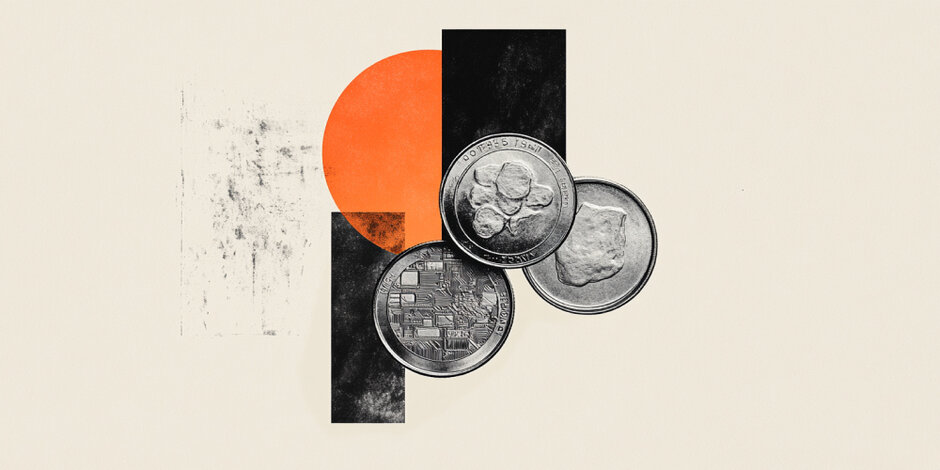Silver Price Forecast: XAG/USD hovers near $32.50 amid US ban news on China’s chip firms
- Silver price struggles as the Trump administration to add several Chinese semiconductor firms to its export blacklist.
- Safe-haven demand for precious metals, including Silver, has weakened amid signs of easing global trade tensions.
- Silver’s downside could be capped as US Dollar softens following economic data that has heightened odds of Fed rate cuts.

Silver (XAG/USD) is pulling back from its recent gains seen in the previous session, hovering around $32.50 during Friday’s Asian trading hours. The metal is under pressure, possibly due to a Financial Times report indicating that the Trump administration plans to add several Chinese semiconductor companies to its export blacklist, known as the "entity list." Silver’s growing connection to the chipmaking industry—owing to its essential role in electronics and semiconductor production—is amplifying the market’s sensitivity to such developments.
Meanwhile, safe-haven demand for precious metals, including Silver, has softened amid signs of easing global trade tensions. The US and China have reportedly reached a preliminary agreement to significantly reduce tariffs. According to the proposed deal, the US would lower tariffs on Chinese imports from 145% to 30%, while China would cut its tariffs on US goods from 125% to 10%. This breakthrough is viewed as a positive move toward de-escalating trade frictions between the two economic powerhouses.
Despite the recent pullback, Silver’s downside may be limited as the US Dollar (USD) weakens following economic data that increased expectations of potential Federal Reserve (Fed) rate cuts in the near term. Lower US interest rates generally support Silver prices, as they reduce the opportunity cost of holding non-yielding assets like precious metals.
However, Fed Chair Jerome Powell warned that inflation may become more unpredictable due to more frequent supply shocks, which could complicate the Fed’s efforts to maintain price stability moving forward.
Silver FAQs
Silver is a precious metal highly traded among investors. It has been historically used as a store of value and a medium of exchange. Although less popular than Gold, traders may turn to Silver to diversify their investment portfolio, for its intrinsic value or as a potential hedge during high-inflation periods. Investors can buy physical Silver, in coins or in bars, or trade it through vehicles such as Exchange Traded Funds, which track its price on international markets.
Silver prices can move due to a wide range of factors. Geopolitical instability or fears of a deep recession can make Silver price escalate due to its safe-haven status, although to a lesser extent than Gold's. As a yieldless asset, Silver tends to rise with lower interest rates. Its moves also depend on how the US Dollar (USD) behaves as the asset is priced in dollars (XAG/USD). A strong Dollar tends to keep the price of Silver at bay, whereas a weaker Dollar is likely to propel prices up. Other factors such as investment demand, mining supply – Silver is much more abundant than Gold – and recycling rates can also affect prices.
Silver is widely used in industry, particularly in sectors such as electronics or solar energy, as it has one of the highest electric conductivity of all metals – more than Copper and Gold. A surge in demand can increase prices, while a decline tends to lower them. Dynamics in the US, Chinese and Indian economies can also contribute to price swings: for the US and particularly China, their big industrial sectors use Silver in various processes; in India, consumers’ demand for the precious metal for jewellery also plays a key role in setting prices.
Silver prices tend to follow Gold's moves. When Gold prices rise, Silver typically follows suit, as their status as safe-haven assets is similar. The Gold/Silver ratio, which shows the number of ounces of Silver needed to equal the value of one ounce of Gold, may help to determine the relative valuation between both metals. Some investors may consider a high ratio as an indicator that Silver is undervalued, or Gold is overvalued. On the contrary, a low ratio might suggest that Gold is undervalued relative to Silver.
Author

Akhtar Faruqui
FXStreet
Akhtar Faruqui is a Forex Analyst based in New Delhi, India. With a keen eye for market trends and a passion for dissecting complex financial dynamics, he is dedicated to delivering accurate and insightful Forex news and analysis.

















